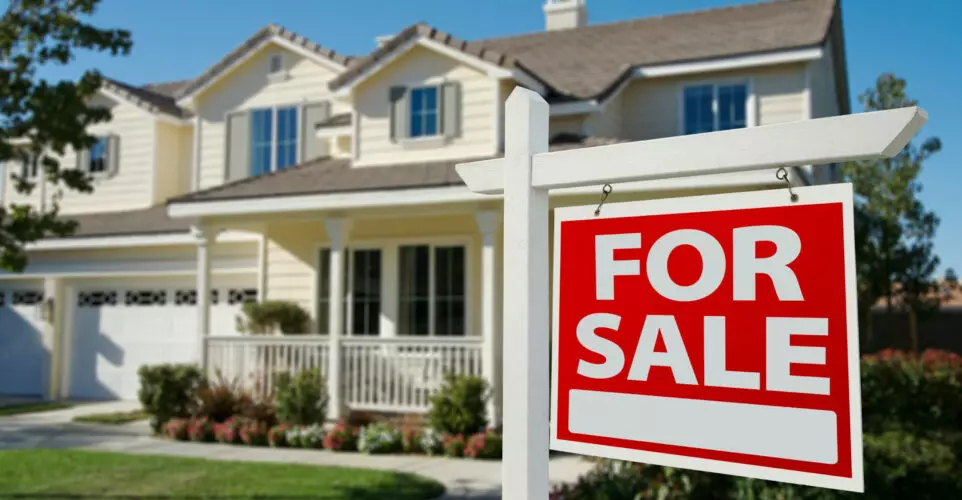
Selling your house “as is” means putting it on the market in its current condition without making any repairs or renovations. This route appeals to homeowners looking for a quicker and more cost-effective sale. However, it also comes with financial trade-offs to consider. This blog provides comprehensive insights into the implications of selling your home as-is.
What Does “As Is” Mean for Home Sellers?
An “as is” sale means the buyer purchases the property in its existing state and condition. The seller is not required to make any repairs or improvements, though they must disclose known defects. As is sales come with no warranties from the seller regarding the home’s condition1.
This allows sellers to avoid expensive renovations just to make the home more attractive to buyers. However, it also means selling the house at a lower price than its maximum potential value.
The Financial Trade-Offs of an “As Is” Sale

Selling as is comes with the following key financial implications:
Potential Loss in Property Value
According to real estate experts, pricing an as-is home around 10% lower than its maximum value attracts buyers. However, data shows sellers can expect around a 15-25% reduction in the as-is home price.
In some cases, the loss could be as high as 30% if the property requires extensive repairs. The reduction accounts for renovation costs buyers will have to undertake.
Cost Savings on Repairs and Renovations
For sellers, the primary financial advantage of an as-is sale is avoiding repair costs. On average, preparing a home for sale requires $10,000 in renovations and repairs1. Selling as-is allows saving on these expenses.
Expedited Sales Process
As is sales often close much faster, since buyers do not have to wait for repairs to be completed. This allows sellers to save on mortgage payments and utility bills during the sales process.
Considerations Before Opting for an “As Is” Sale

Before deciding on an as-is sale, sellers should carefully weigh the following:
Buyer Perceptions of “As Is” Homes
Buyers are likely to view as-is homes as “distressed” properties in poor condition that require significant investment. This results in lower offers. Sellers must set appropriate expectations.
Legal Obligations
While sellers don’t have to proactively make repairs, they must disclose all known defects and issues5. Buyers can still request inspections and potentially negotiate repairs.
Preparing Your Home for an “As Is” Sale

To maximize returns, as is sellers should still take some basic steps:
Pricing Your Home Competitively
Work with a real estate agent to appropriately price your home based on its location and condition. Overpricing will deter buyers. Aim for 5-20% below maximum value.
Marketing Strategies
Highlight any recent updates, desirable features, and potential for renovation in your real estate listing. Target investors and cash buyers.
Staging on a Budget
Do low-cost staging like decluttering, fresh paint, and yard cleanup. This boosts visual appeal for under $2,00067.
Disclosing Known Issues
Provide detailed disclosures on problems like roof leaks, drainage, foundation cracks etc. This builds trust with buyers.
Case Examples of “As Is” Home Sales
Here are some real-world examples of how selling as-is impacted home prices and net proceeds:
- Aaron’s 4 bedroom suburban home was valued at $340,000. After an as-is sale, it sold for $290,000. But he saved around $15,000 in repairs1.
- Nina’s outdated 5 bedroom home was worth around $410,000 fixed up. She sold it as-is for $365,000, forgoing $45,000 in potential value.
Alternative Options to Maximize Your Sale
If you want to maximize sale proceeds, consider:
Making Minor Improvements
Minor cosmetic fixes like painting or landscaping can boost home value by up to 20% for under $5,0009. This results in a higher sales price than selling totally as-is.
Traditional Sale After Renovations
Taking out a renovation loan and fixing up your home before listing can help maximize your home’s value10. But you also incur repair costs and longer timelines.
Selling to Real Estate Investors
Investors may pay higher than market rates for as-is homes, to renovate and resell for profit11. But they will still discount for needed repairs.
Frequently Asked Questions
Q. What repairs must I make before an as-is sale?
Legally, you do not have to make any repairs. But minor cleanups and decluttering is recommended.
Q. How much value will I lose selling as-is?
Typically you can expect a 10-30% reduction in potential home value from an as-is sale.
Q. Does my home have to pass inspection for an as-is sale?
No, as-is means the property is exempt from passing an inspection. But buyers can still inspect at their discretion.
Conclusion
Selling your home as-is allows fast sales without expensive renovations. However, you miss out on 10-30% of your home’s potential resale value. Carefully weigh the pros and cons and use tips like staging and competitive pricing to maximize your sale. With the right strategy, you can reduce losses from an as-is sale.
Related Information:
▶ How To Buy A House With No Money Or Little Money Down
